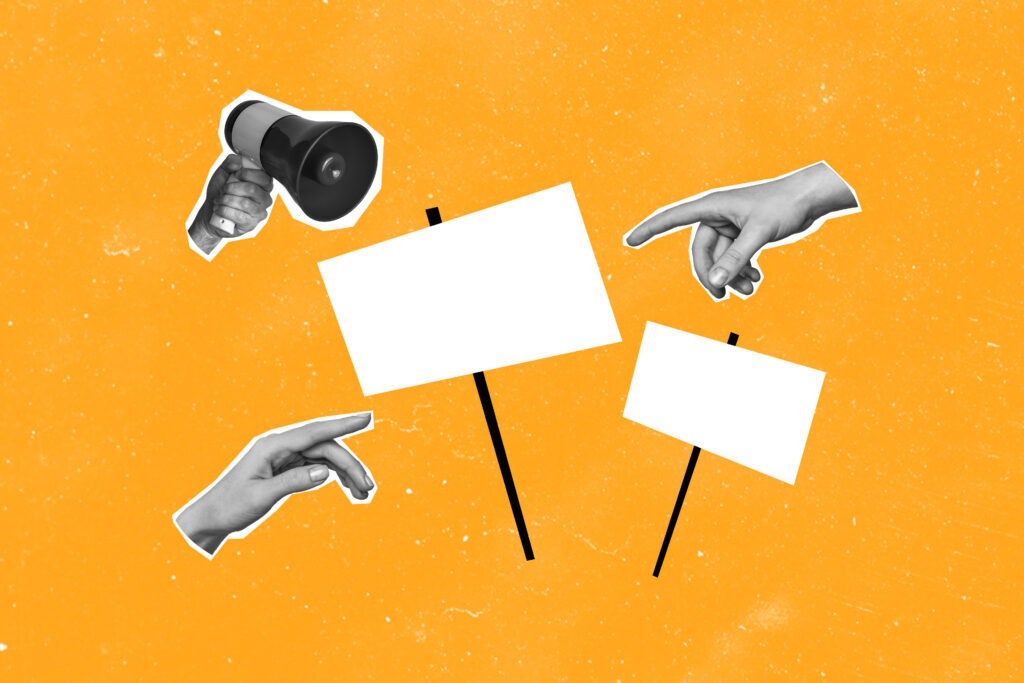Unionization is gaining momentum across industries, including the graphic communications sector. Workers are increasingly turning to unions as a means of securing fair wages, improved benefits, and stronger job protections. As more employees consider organizing, it’s important to understand both the advantages and challenges that come with union membership.
The Benefits of Union Membership
One of the primary benefits of unionization is collective bargaining power. With a union, employees can negotiate for higher wages, better healthcare options, and enhanced workplace protections. A structured process for voicing concerns and resolving disputes ensures that workers have a say in their employment conditions. Many employees also appreciate the job security that comes with union representation, as it provides clear guidelines for fair treatment and disciplinary actions.
Potential Trade-Offs of Unionization
However, union membership also comes with certain trade-offs. Dues and initiation fees can reduce take-home pay, and collective agreements may limit individual flexibility when negotiating personal work conditions. In some cases, employees may face work stoppages or strikes, which can temporarily affect their income and job stability. Additionally, the process of securing a first contract is often lengthy, averaging over 15 months, during which wages typically remain unchanged. Employees should also consider that raises, bonuses, and promotions are often determined by union agreements and seniority rather than individual performance.
Internal Union Dynamics and Representation
Internal union dynamics can also impact employee satisfaction. Not all workers will have the same priorities—some may focus on health benefits, while others emphasize pay raises or retirement plans. Maintaining unity within a bargaining unit is essential, as disagreements can emerge over time. The effectiveness of union leadership can vary, just as management quality does, which may influence how well a union represents its members’ interests.
Making an Informed Decision
For employees considering unionization, staying informed is crucial. Understanding the financial implications, contract negotiation timelines, and potential challenges can help workers make educated decisions about their workplace representation. Seeking clarity on how union agreements may affect their specific job roles, wages, and benefits will allow employees to weigh the pros and cons effectively.
What Workers Should Know Before Supporting Unionization
- Understand the Financial Impact – Weigh the costs of union dues against potential wage increases and benefits.
- Be Aware of the Contracting Process – Negotiations can be lengthy, and initial expectations may not always align with final agreements.
- Know Your Rights – Research labor laws and speak with trusted professionals to ensure informed decision-making.
- Consider Workplace Culture – Strong employer-employee relationships can sometimes address concerns without the need for unionization.
- Stay Engaged in the Process – If unionization efforts begin, participate in discussions and educate yourself on the potential outcomes.
The decision to unionize is significant, and workers in the print and packaging industries must carefully evaluate how it aligns with their needs and goals. Whether joining a union or advocating for workplace improvements through other means, staying informed is key to making the best choice for the future.

